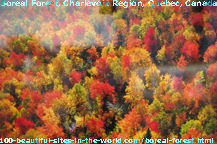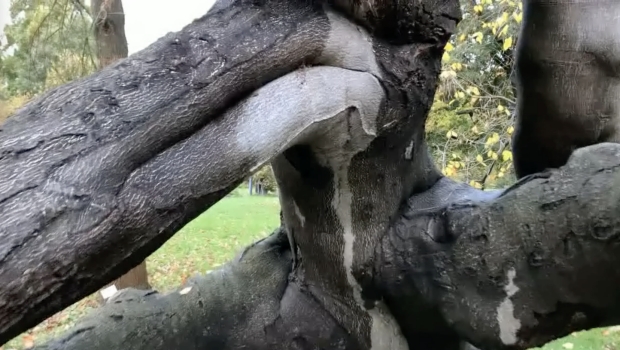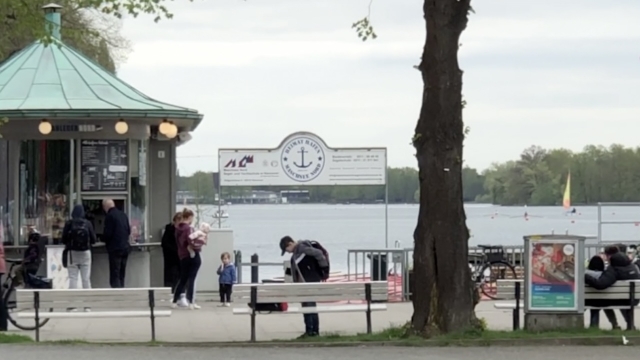Immortal Spirits Imbue the Boreal Forest with Beauty!
Boreal Forest covers more than one third of the Canadian territories and spreads across the country in a 1000 kilometre wide band from the Pacific Ocean to the Atlantic Ocean. The other two thirds of the forest are in Eurasia, which comprises areas in Europe and Asia.
The following lines cover this area. If you have been at the area, or if you have good information about it, you are welcome to write it in the form on this page. Thank you.

As one of three remaining forests, it covers 10% of the areas the remaining forests in the world occupy. The forest is one of the beautiful sites in the world. However, there is no significant protection to the forest.
Because of this fact, some environmental organizations such as Greenpeace impose pressures on the authorities there to take care and protect the nature. As pressures rise, 1500 well-known scientists called for strong plans to protect the forest on 2009.
The history of the forest is dated back 12 million years ago. However, after the last glacial era, when the ice retreated nearly 20,000 years ago, the forest grew again and became home to the indigenous First Nations People - or Native American, as is popularly known - in North America.
Coniferous trees and a diverse mixture of wildlife dominate Boreal Forest. The character of the forest has been sustained for 5,000 years. It is the breeding ground for more than 200 bird species and home to mammals such as caribou, lynx, black bears, elk, moose, coyote, timber wolf, wood bison, grizzly bear and beaver.
Broadleaved and deciduous trees like birch, aspen, rowan and poplar grow in the southern regions and along the rivers, including those in Charlevoix region in Quebec.
Indians, the First Nations people see themselves as an integral part of the forest and they deeply connected with wildlife animals and spirits that imbue and permeate their world.
The world "boreal" derives from Boreas, the ancient Greek god of the cold north wind. Apart from Canada, this type of forest extends all around the Northern Hemisphere in Europe and in Asia, just south of the Arctic Circle, and represents 25% of the world's forests.
It is expected that the temperature increase in North America will exceed global warming in the world during the next 80 years. Climate models show that the Boreal-Forest might shrink 50% in size and give way to expanding grasslands, which will spread from the south.
A report says that whooping cranes, woodland caribou and wood bison are the most endangered species in the region today. However, drastic reduction of the Boreal Forest will affect all the species in this vast ecosystem.
It will also have a negative impact on the home of the First Nations people and contribute to the emission of even greater volumes of carbon into the atmosphere.
Do you have more information about the Boreal Forest or any beautiful site in Canada? Write about it in the form below.
Have A Great Story About Some Beautiful Sites in the World?
Do you have a great story about any beautiful site in the world? Share it!
If you liked this page about the Boreal Forest, please share it with your services through the following buttons. Thanks.
"Solo Build It" at the bar below empowers this page about the Boreal Forest.
Home| 100 Beautiful Sites Blog| Boreal Forest| Borneo| Copenhagen| County Meath| Franz Josef Glacier| Ilulissat| Monteverde Cloud Forest| Naukluft Park| Niger Delta| Norwegian Tundra| Okavango Delta| Olympia| Paris| Rub al-Khali| Rio de la Plata| Upper Po Valley| Yamal Peninsula| Beautiful Scene Newsletter|

